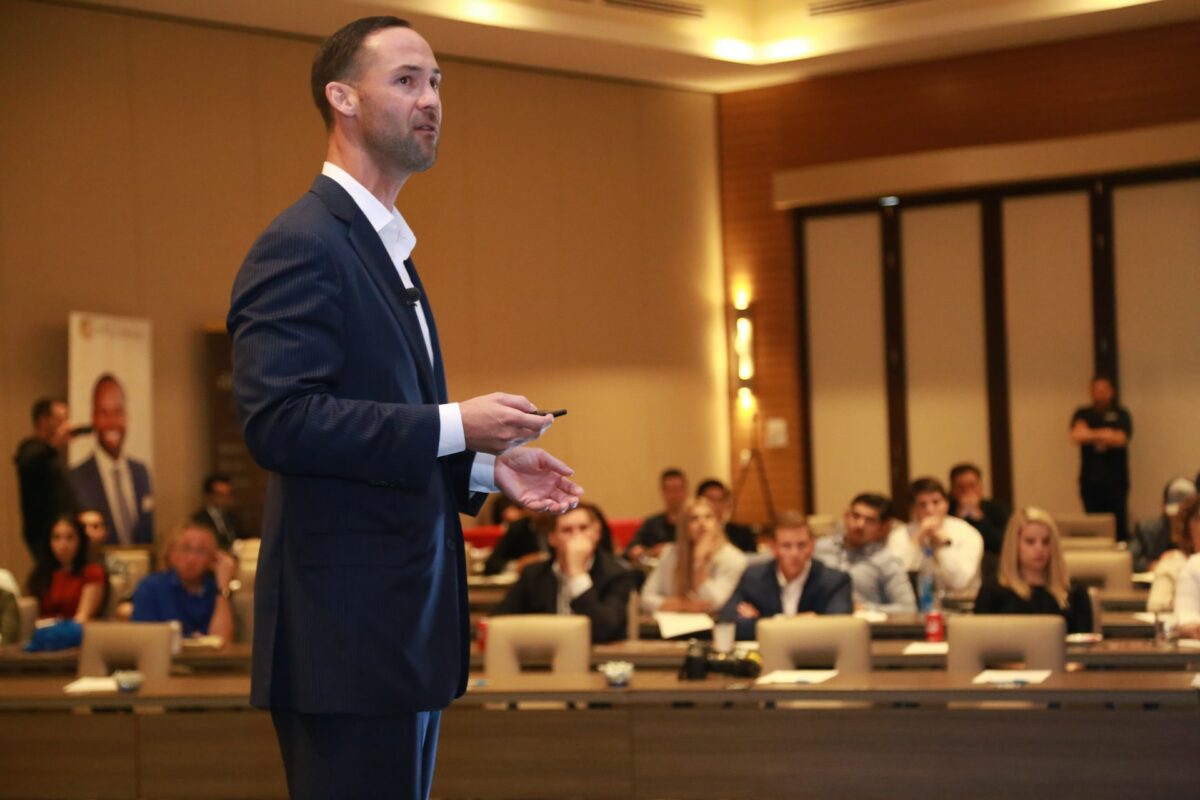Analytics have changed not just what marketers measure but how brands now appraise success. The temptation is to see all the metrics we have access to as correlated and, by inference, of similar and perhaps even related measurable value. We look at one analytic and wonder what its impact will be on another and on the bottom line.
There’s no doubt that with so many media opportunities, every brand has to invest more to get more. They have to invest more widely, they have to invest more resources, they have to pay attention to a lot more factors. And that’s confused a lot of people about what constitutes return on investment – because the temptation is to summarily assign money to the value side of the equation.
But is that an appropriate assumption?
Take a look at how the next generation of buyers, millennials, appraise brands. According to this research by Pew Research Center:
- They are low on social trust compared with Gen Xers and baby boomers.
- They are highly brand aware, but cynical—and not brand loyal. Companies basically must compete for loyalty with each purchase.
- They’re tech savvy and require more brand interaction opportunities than just advertising
- They have a significant footprint in Facebook
- They are very much a word of mouth generation – their research takes place on social media
For these consumers, no one aspect clinches the deal. Instead, loyalty is earned on a decision by decision basis and it’s based on factors ranging from advertising through to social buzz and peer acceptance. You can dismiss this as the peculiar behaviors of a particular generation if you want to – but if you do, I’m confident you’ll find yourself on the wrong side of a changing value equation. Where the millenials are going with this is where we’re all heading.
Marketing is no longer about making one investment, but increasingly many investments to consumers.
And within this “portfolio”, every investment delivers different returns. That’s why the early social media monetization models that predicted awareness would generate cash were wrong. The crossover from “Like” to buy didn’t happen as predicted because it was never going to happen. But it was expected by so many because it was the only return on investment model many knew how to apply.
The same rules apply to emerging investments such as content marketing. There are returns. But they need to be appraised contextually not singularly. When people talk about monetizing their content marketing for example, they do so on the presumption that their content marketing needs to generate revenue in order to be successful, and that it is not doing what it is supposed to until it does that. (Just like they once used to put their media spend into TV and it would deliver them returns.) But the challenge doesn’t lie there, because, as we’re seeing via the millenials, that’s not how buyers view content. They don’t buy from a channel or even as the result of a singular activity. Instead consumers decide on overall bias based on many influencers, of which content may be one.
Here are some examples of the new investment-return framework I see emerging:
Invest in your brand – get recognition.
Invest in your story – build a narrative.
Invest in the community – get respect.
Invest in product development – keep interest.
Invest in assets – get earning capacity, presence and efficiencies.
Invest in news – develop traffic and profile.
Different investments. Different returns. All needing to be deftly judged and balanced.
Once we talked about integrated marketing communications as marketing that combined below the line and above the line activities. This “portfolio” approach redimensionalizes that concept. In fact, what’s clear to me from the research is not only that any distinction between above and below the line is dated to the point of quaint, but that we can no longer separate tangible and intangible contributions to loyalty. Consumers are increasingly reacting to the cumulative effect of what is presented to them, and their reaction to any one aspect is not necessarily immediate nor is it always expressed in money.
So the real challenge lies in getting the optimum mix of activities (for want of a better word) to work for your brand, so that you are generating inclination, turnover and margin in ways that balance with your corporate structure and investor expectations.
Get it right, and you’ll deliver the recognition, narrative, respect and profile people are interested in, in sufficient quantities through the right channels to warrant consideration. This isn’t easy and the delicacies and subtleties around judgments and balances will only increase. So will the urgency for brands to come to grips with this portfolio approach. Furthermore, my view is that there will be repercussions for those that don’t opt in or decide to focus on a limited number of aspects. As with any investment, an enormous amount of energy, time, money and resource can be wasted if the portfolio is weighted incorrectly.
The Blake Project Can Help: Discover Your Competitive Advantage With Brand Equity Measurement
Branding Strategy Insider is a service of The Blake Project: A strategic brand consultancy specializing in Brand Research, Brand Strategy, Brand Growth and Brand Education




